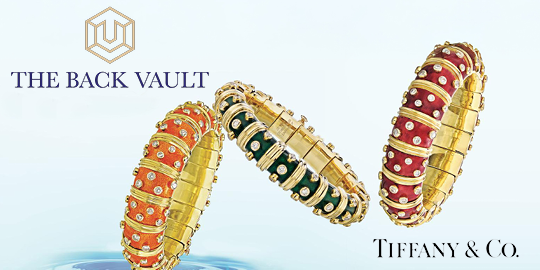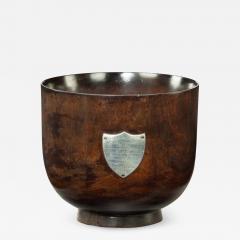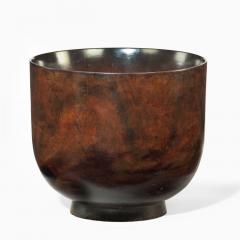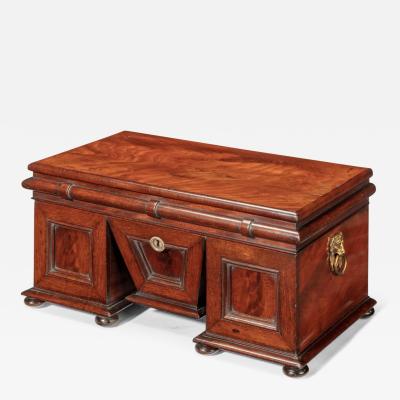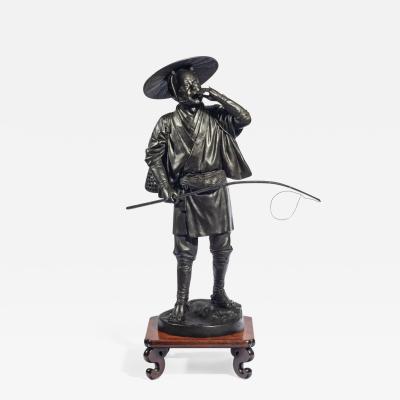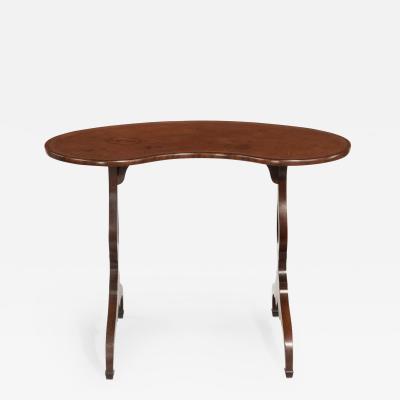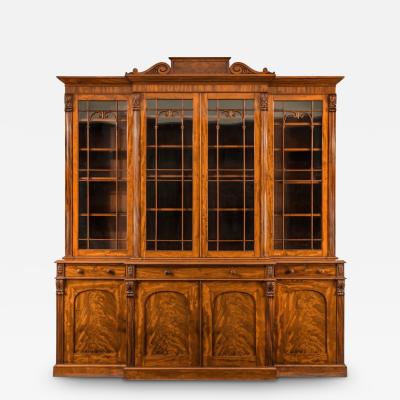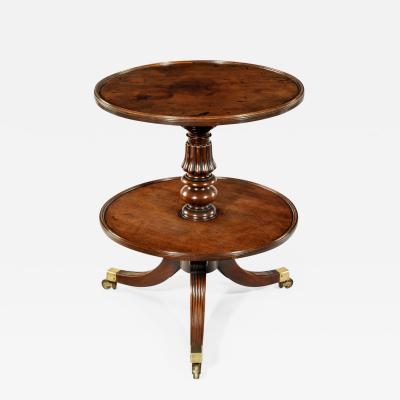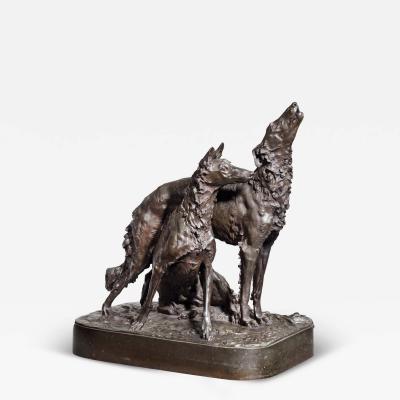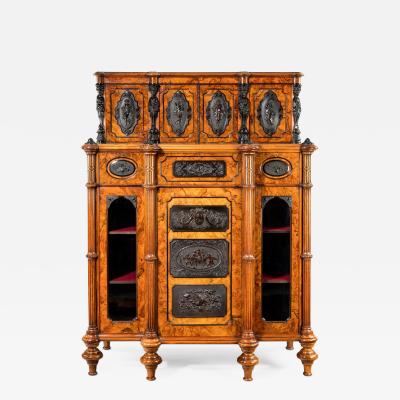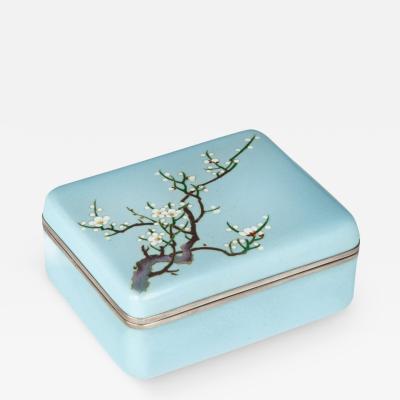A George III punch bowl made of oak from H.M.S. Royal George, 1802
-
Description
This turned commemorative oak bowl is of deep cylindrical form applied with a silver shield-shaped plaque inscribed ‘H.M.S. Royal George. (108 Guns) Capsised 29th Augst. 1782. This Punch Bowl was turned from a beam of Admiral Kempenfelts cabin, by James Gerrard. 1802.’
The Royal George was commissioned at the start of the Seven Years War (1756-1763). After serving with distinction, Rear Admiral Richard Kempenfelt was due to relieve Admiral Howe in Gibraltar, 1782. The 100-gun, first-rate ship of the line anchored at Spithead to carry out essential work on the cistern pipe. Once heeled onto one side, the vessel took on water through the gun ports, capsized and quickly sank in the Solent. This naval disaster holds significant importance in British naval history. Having been denied shore leave, several of the crew's visiting families and dignitaries were among the casualties, which exceeded 900 in total. A controversial court martial acquitted the crew and officers of any wrongdoing and tainted the reputation of the Navy Board. The masts of the wreck remained visible from the shoreline as late as 1794, serving as a macabre reminder of the tragedy. Prompted by local sailors, a series of pioneering dives by Charles and John Deane recovered much of the Royal George's timber and cannons, including a bronze cannon which later formed part of Nelson's column. The masts and beams were reimagined into household items and souvenirs. The wreckage was destroyed in 1840 by the Royal Engineers in a controlled explosion.
This turned commemorative oak bowl is of deep cylindrical form applied with a silver shield-shaped plaque inscribed ‘H.M.S. Royal George. (108 Guns) Capsised 29th Augst. 1782. This Punch Bowl was turned from a beam of Admiral Kempenfelts cabin, by James Gerrard. 1802.’
The Royal George was commissioned at the start of the Seven Years War (1756-1763). After serving with distinction, Rear Admiral Richard Kempenfelt was due to relieve Admiral Howe in Gibraltar, 1782. The 100-gun, first-rate ship of the line anchored at Spithead to carry out essential work on the cistern pipe. Once heeled onto one side, the vessel took on water through the gun ports, capsized and quickly sank in the Solent. This naval disaster holds significant importance in British naval history. Having been denied shore leave, several of the crew’s visiting families and dignitaries were among the casualties, which exceeded 900 in total. A controversial court martial acquitted the crew and officers of any wrongdoing and tainted the reputation of the Navy Board. The masts of the wreck remained visible from the shoreline as late as 1794, serving as a macabre reminder of the tragedy. Prompted by local sailors, a series of pioneering dives by Charles and John Deane recovered much of the Royal George’s timber and cannons, including a bronze cannon which later formed part of Nelson’s column. The masts and beams were reimagined into household items and souvenirs. The wreckage was destroyed in 1840 by the Royal Engineers in a controlled explosion.
James Gerrard of Lymington (fl.1800-1830)
It is possible that we have discovered a little more about James Gerrard, the maker of the bowl according to the attached plaque. There was a James Gerrard, chairmaker and turner, operating in our local town of Lymington in Hampshire around the turn of the 19th century. The BIFMO entry for Gerrard, taken from the Dictionary of English Furniture Makers 1660-1840, describes him as flourishing around 1830. However there are documents surviving in Dorset Record Office that add significantly to this picture. In 1800 and 1801 Gerrard signed apprenticeship agreements, taking two young men from the workhouse (namely George Pond and George Green respectively) under his tutelage. Given that our bowl was made in 1802, this is very significant. Even more interesting perhaps is another document in the record office's collection and dating from 1803. This is a
'Printed Order of the Lords of the Admiralty to James Gerrard, Constable of Lymington, empowering him to impress seamen for service in the navy'.
If, as seems likely, this is the same James Gerrard then he obviously had links to the navy as well which could explain his acquisition of naval timbers used to make the present punch bowl. -
More Information
Documentation: Signed Origin: England Period: 19th Century Materials: Oak and silver Condition: Good. Creation Date: 1802 Styles / Movements: Traditional Incollect Reference #: 490258 -
Dimensions
H. 6.25 in; Diam. 7 in; H. 15.88 cm; Diam. 17.78 cm;
Message from Seller:
Wick Antiques, established by Charles Wallrock in the early 1980s, specializes in fine antiques with a reputation built on extensive knowledge and long-standing relationships, including with Harrods. Contact Charles at 44.159.067.7558 or via email at charles@wickantiques.co.uk for exceptional pieces curated by a team with expertise in Islamic, Japanese, and fine works of art.










